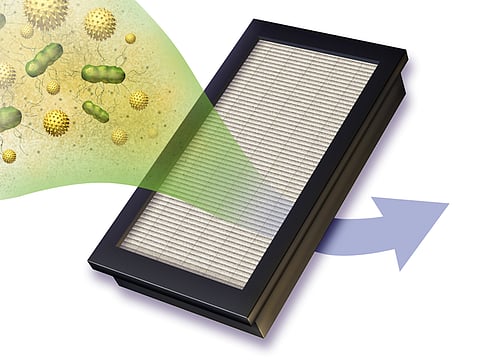Remember to take both the ACH and CADR scores into account.
The unit of measurement used to determine the effectiveness of air purifiers is the number of air exchanges per hour. The maximum number of times a room's air can be recirculated after being purified by an air purifier and still be considered clean. Now that air purifier ratings have improved, it is much easier to breathe cleaner air.
Compared to smaller locations, larger ones have a lower ACH rating. Most products have variable air change per hour ratings based on the dimensions of the space. Because they were determined using real-world conditions, you should not place too much stock in them.
The clean air delivery rate, or CADR, is a metric that measures the efficiency with which an air purifier can remove pollutants such as pollen, dust, and tobacco smoke. This index, which is structured similarly to the ACH, is used to evaluate the efficacy of air purifiers. Products with greater efficiency are granted higher ratings.
On air cleaners, the pace of the fan can typically be adjusted. The type of filter, the fan's revolutions per minute (RPM), and the ACH and CADR ratings are interrelated. Filters can affect ratings, but fan velocities are less significant if the air purifier utilizes ionization or similar technology.
Check for Maintenance And Cleaning-Related Expenses
Due to the filters, it may be necessary to invest more time and money in maintaining your air purifier. Your air purifier's filter will need to be cleaned or replaced at intervals determined by the level of air pollution in your home's neighborhood. Some applications and websites can be used to determine air quality. Long-lasting filters eliminate the additional expenses associated with frequent replacement. For optimal results, more than four months should elapse between each filter replacement. The overwhelming majority of filters can be utilized for at least six months. (GP/JS)


